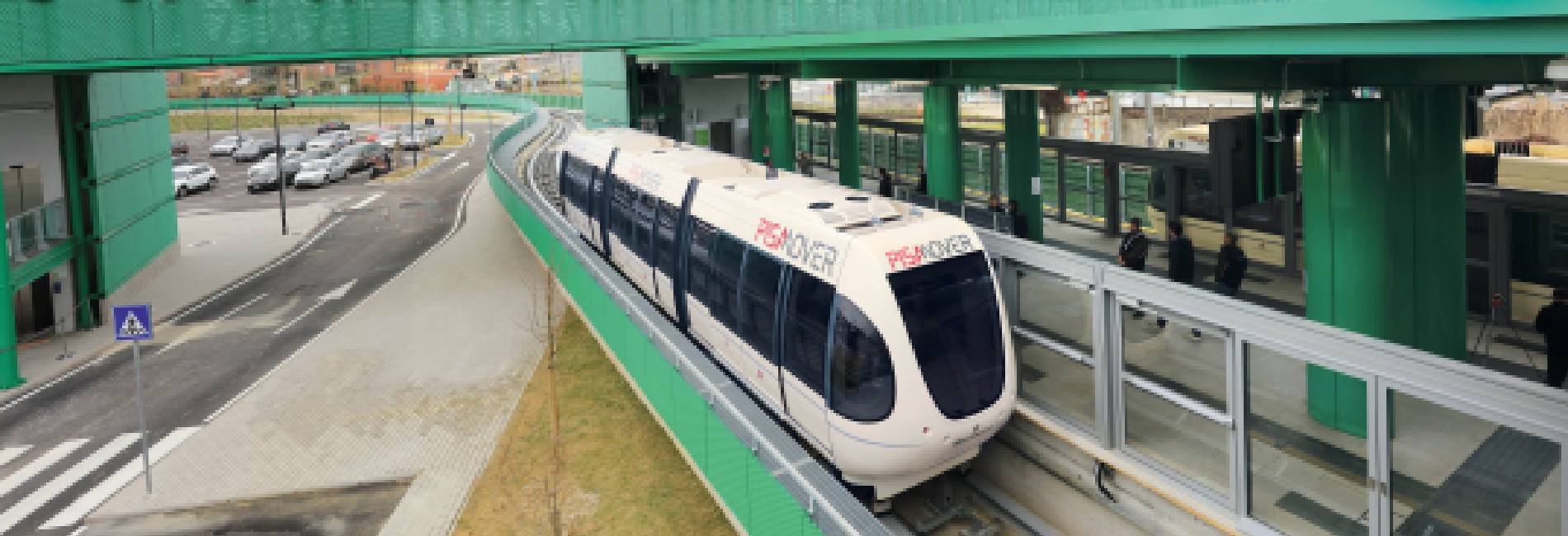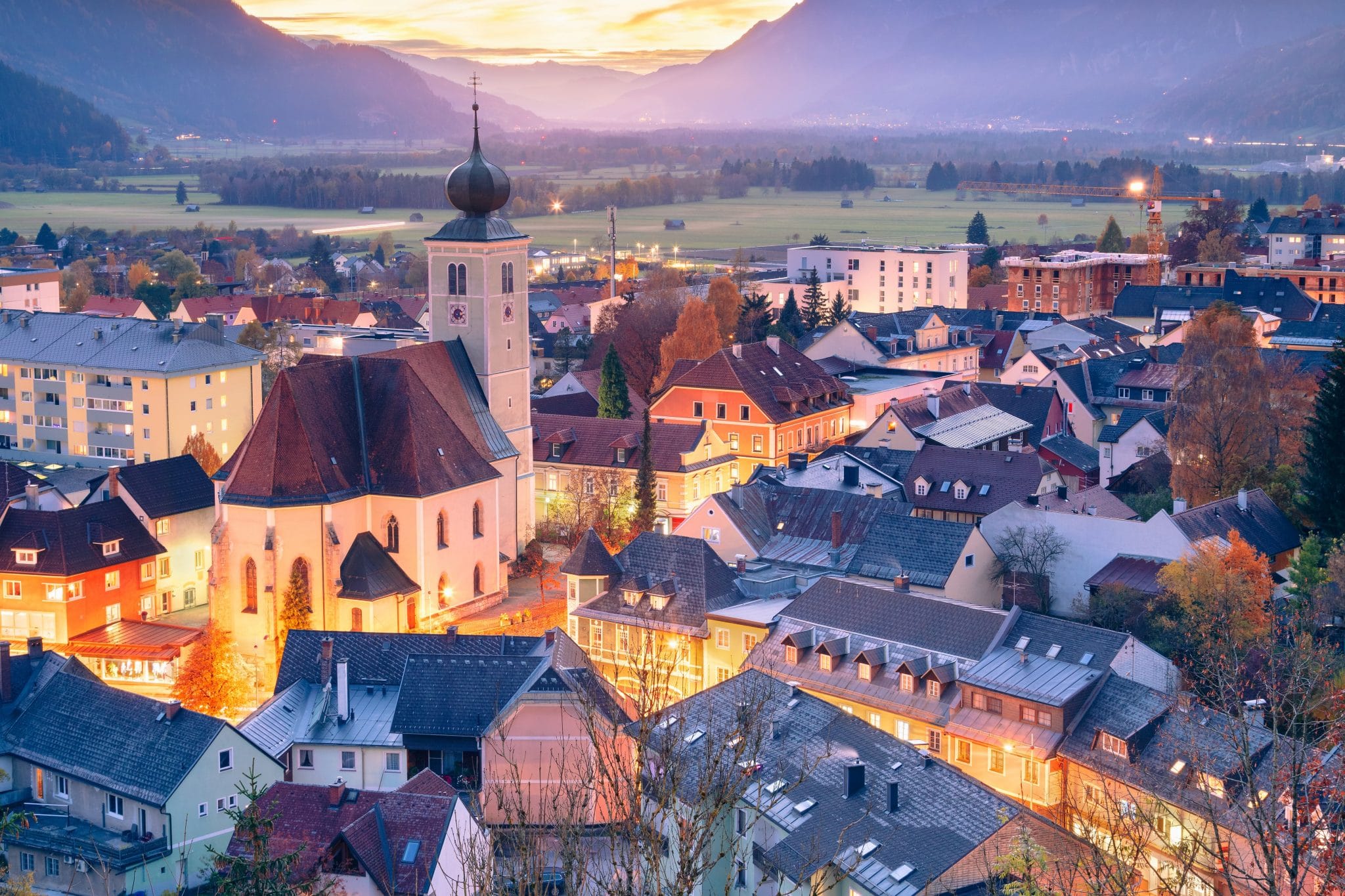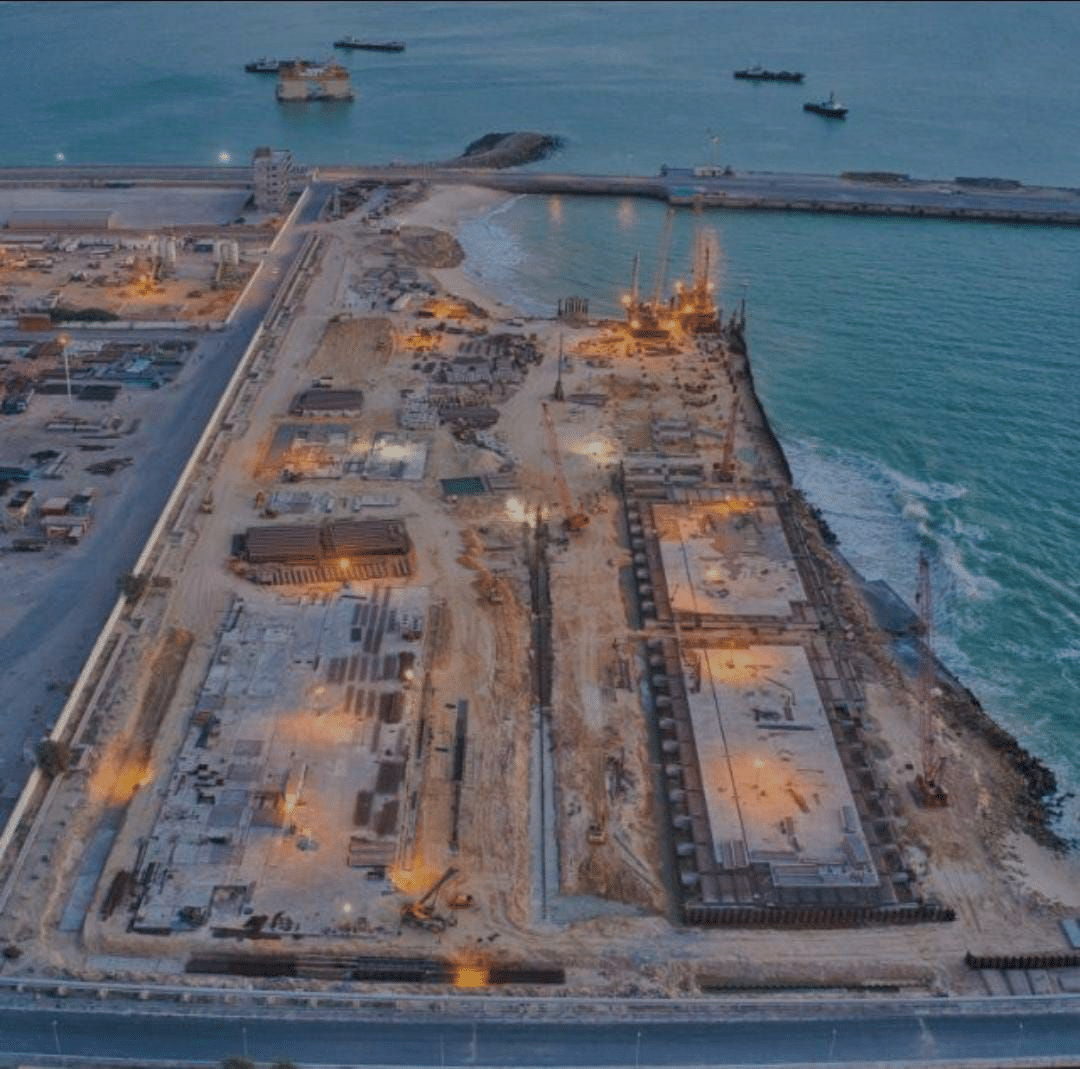Our impact
Ports of Calais & Boulogne-sur-Mer, France
Background
The Project consists of the design and construction of the Port of Calais extension (Calais Port 2015) in the context of a 50-year concession covering the ports of Calais and Boulogne-sur-Mer. This new extension is essential to provide Calais with a much larger capacity in order to face the evolution of traffic and fleet size.
The objectives of the Calais Port 2015 Project include (i) supporting trade, as Calais is the leading French port for trade with the UK; and (ii) strengthening development of intermodal transport between road, rail and sea. Calais is France’s busiest port for passenger traffic and its fourth largest in terms of freight movement(1). Furthermore, the development was designed to anticipate the long-term effects of climate change (protecting the port against rising sea level of over 1m), protecting biodiversity and providing a source of employment to the local community.
The Project is structured around two companies: (i) a Project Company (Société des Ports du Détroit, “SPD”) which is solely responsible for the financing, construction and heavy maintenance of the new Calais Port 2015 infrastructure; and (ii) a Concession company (Société d’Exploitation des Ports du Détroit, “SEPD”) holding the concession rights of the ports and collecting revenues from users. This structure, designed by Meridiam, was instrumental to isolate the Project Company (where Meridiam’s investment is concentrated) from demand risk.
Status:
In Operation
ESG/SDG Key Facts
During the construction phase, the Contractor committed to reach environmental and social targets such as (i) reserving 7% of the working hours for the inclusion of young and / or unemployed people (this objective was fulfilled, as a percentage of 11% was achieved), (ii) subcontracting at least €62m to small companies (150% of initial objective), and (iii) undertaking a full carbon assessment of the Project.
An environmental impact survey was carried out in 2012 and concluded that the Project is expected to have limited impact on the maritime environment and on local terrestrial species. Numerical simulations provided insight into the consequences of the development on coastal and marine living spaces and coastal risks (risks of erosion of the coastline and marine submersion).
A comprehensive inventory of the wildlife fauna, flora and living spaces was conducted to accurately characterize these issues and take them into account in the design with adapted construction methods, quiet areas for birds, and eco living space for marine wildlife. Monitoring measures are being carried out throughout the duration of the works.
A compensation site of about 20 hectares with high ecological potential in the immediate vicinity of the construction site was reinstated and is managed by the Conservatoire du Littoral.
> Learn more:
Completion date 5 May 2021
Discover the project and learn more about it from the press release on the port opening and on its innovative contractual framework:


